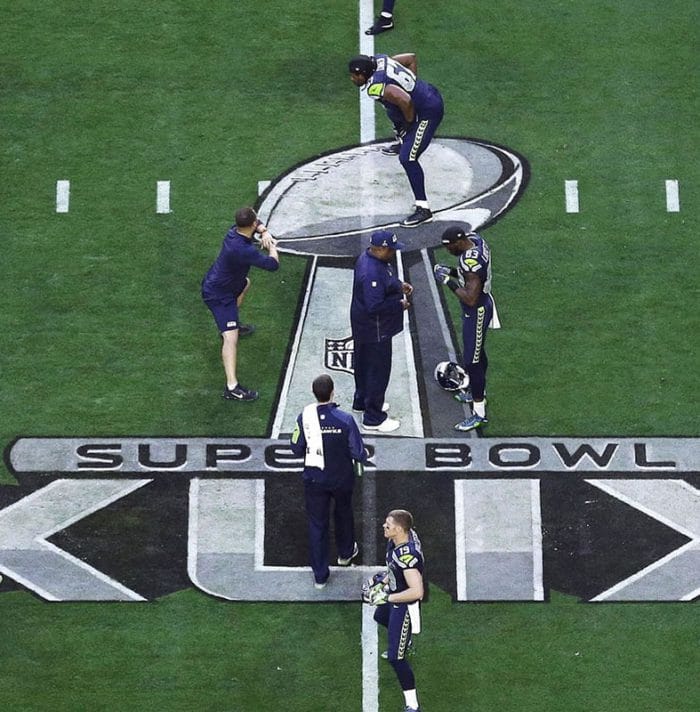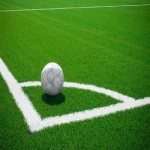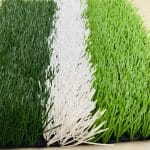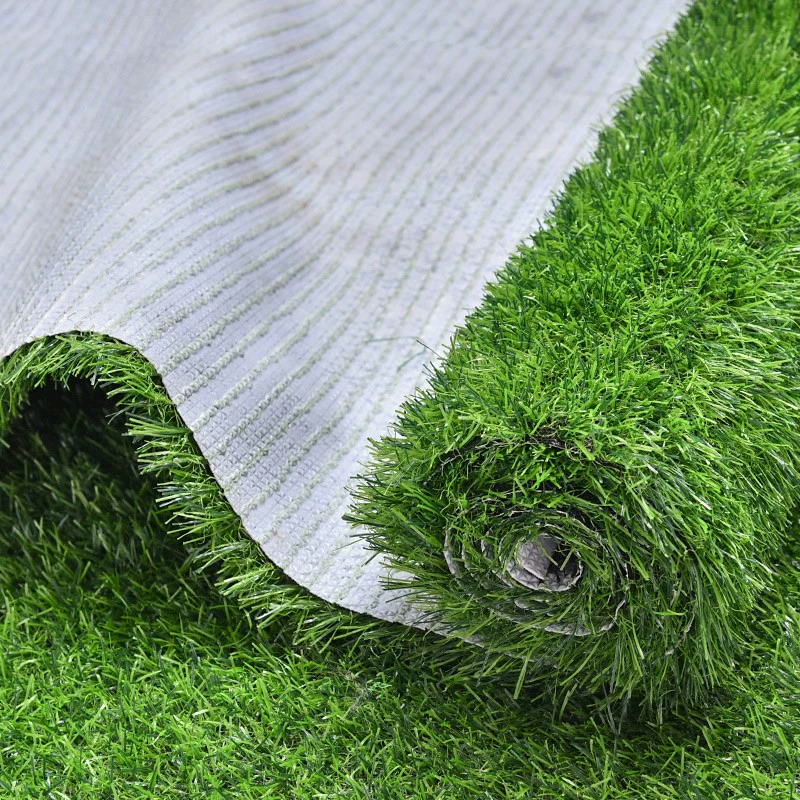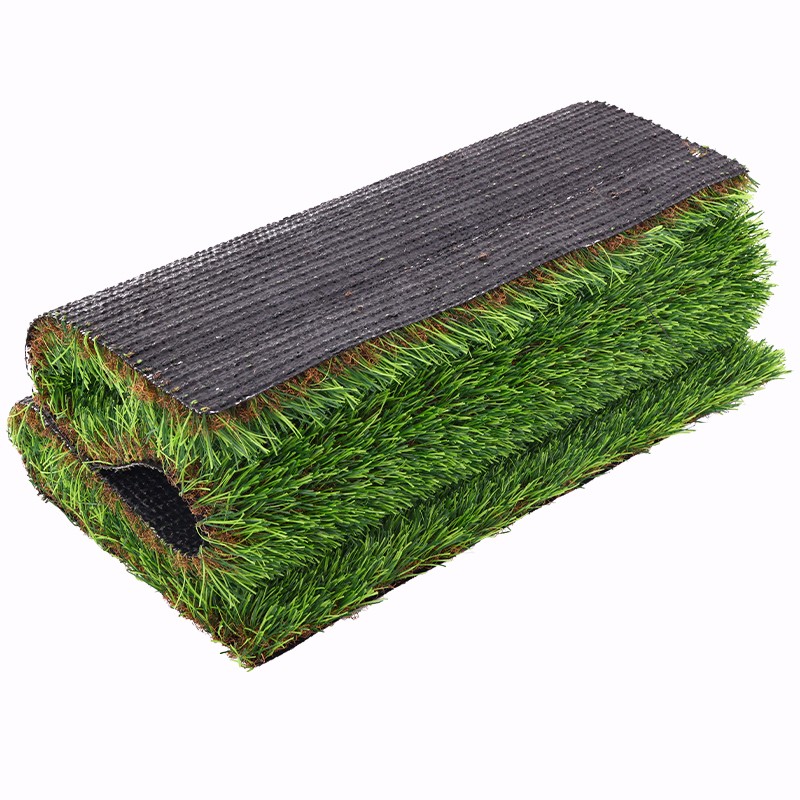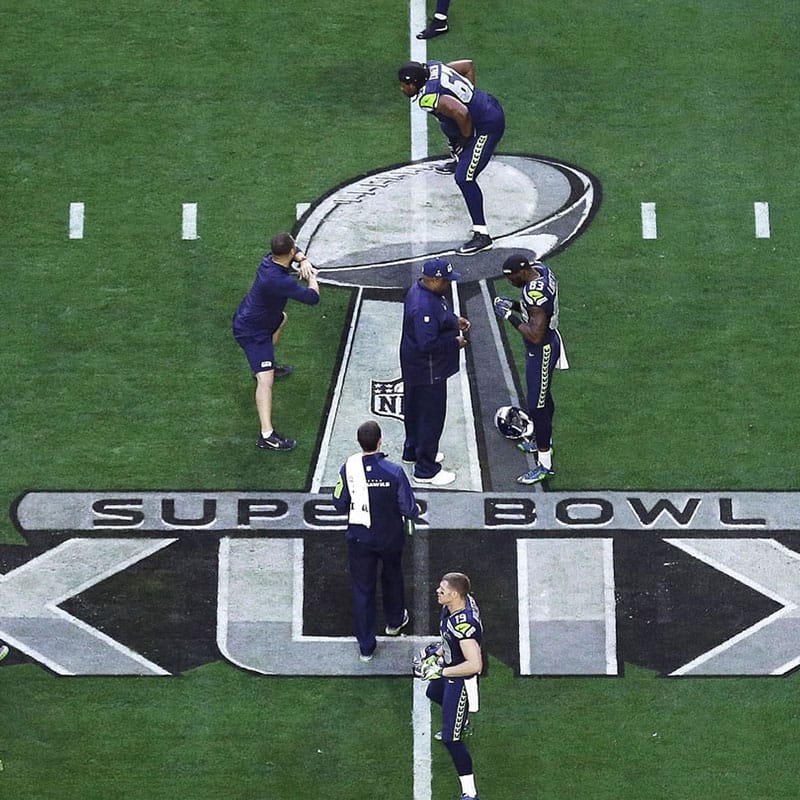
Artificial turf has become a popular choice in sports for various reasons, but it also comes with both advantages and disadvantages. Here are the pros and cons of using artificial turf in sports:
Pros of Artificial Turf in Sports:
1. **Durability:** Artificial turf is highly durable and can withstand heavy use, making it a great choice for high-traffic sports fields and facilities.
2. **Consistency:** Artificial turf provides a consistent playing surface, ensuring that the ball’s bounce and fielding conditions remain uniform throughout the game.
3. **All-Weather Play:** Artificial turf can be used in various weather conditions, including rain. It allows for consistent play without the risk of a muddy or waterlogged field.
4. **Low Maintenance:** Artificial turf requires minimal maintenance compared to natural grass fields. There’s no need for mowing, watering, or regular reseeding.
5. **Player Safety:** Many artificial turf systems come with shock-absorbing padding or infill materials that help reduce the risk of injuries resulting from falls or slides.
6. **Cost Savings:** While the initial installation cost may be high, artificial turf can save money over time due to reduced maintenance requirements.
7. **Customization:** Sports fields with artificial turf can be designed with custom markings, logos, and branding for a professional and aesthetically pleasing appearance.
8. **Longevity:** Well-maintained artificial turf can last for many years, providing a consistent playing surface season after season.
Cons of Artificial Turf in Sports:
1. **Risk of Injuries:** Artificial turf can be associated with a higher risk of certain injuries, including abrasions, joint injuries, and muscle stiffness due to its harder and less forgiving surface.
2. **Heat Retention:** Artificial turf can get significantly hotter than natural grass in sunny weather, potentially leading to player discomfort and overheating.
3. **Abrasive Surface:** The abrasive nature of artificial turf can cause skin abrasions and burns when players slide or make contact with the ground.
4. **Friction-Related Injuries:** The high friction of artificial turf can increase the risk of injuries like ankle sprains and ligament damage.
5. **Concussion Risk:** Some studies have suggested that artificial turf may be associated with a higher risk of head injuries due to the harder surface.
6. **Surface Irregularities:** Over time, artificial turf can develop irregularities like seams, wrinkles, or loose areas, which can create trip hazards.
7. **Bacterial Growth:** Artificial turf can trap moisture, potentially promoting bacterial growth and increasing the risk of skin infections.
8. **Environmental Concerns:** The production and disposal of artificial turf materials raise environmental questions, especially concerning the disposal of worn-out turf.
9. **Aesthetic Differences:** Some athletes and fans prefer the natural look and feel of grass fields over artificial turf.
The choice to use artificial turf in sports should consider the specific requirements and constraints of the sport, facility, and local climate. While artificial turf offers several advantages, it’s essential to address potential disadvantages and take measures to minimize risks and ensure player safety. Advances in artificial turf technology continue to improve safety and performance, making it a viable option for many sports.


